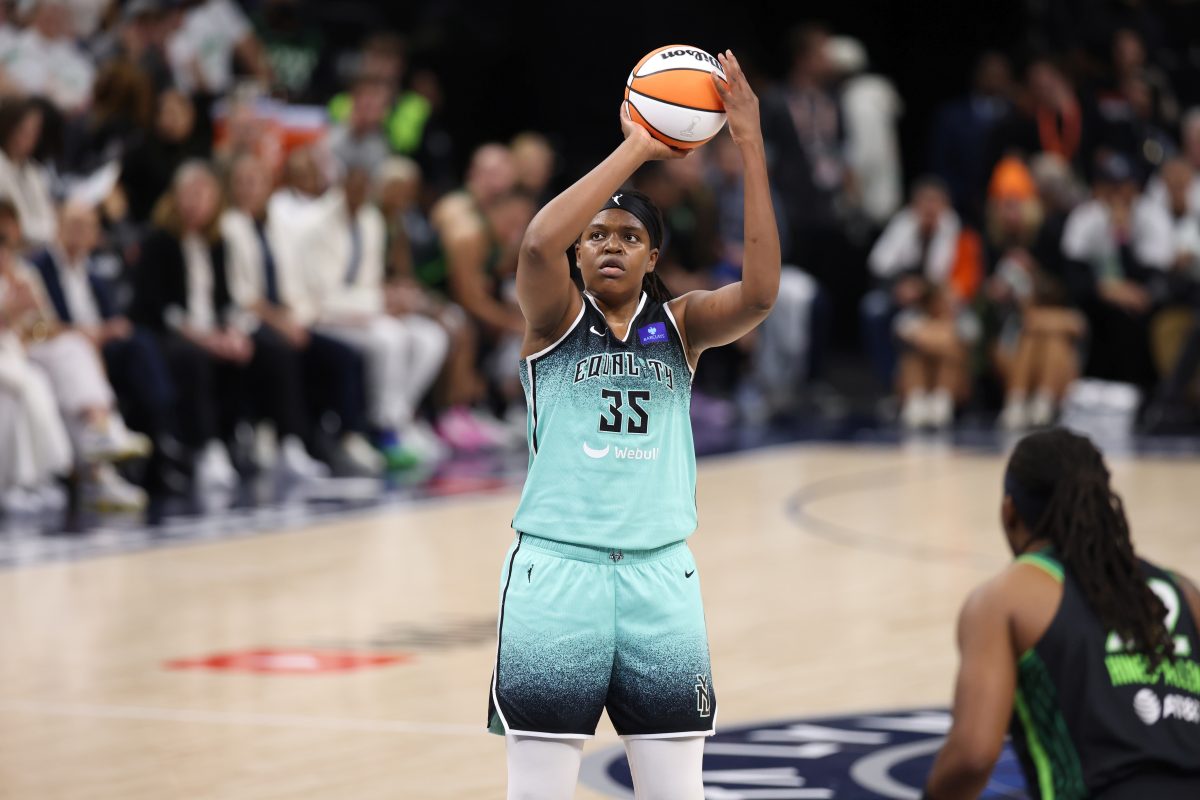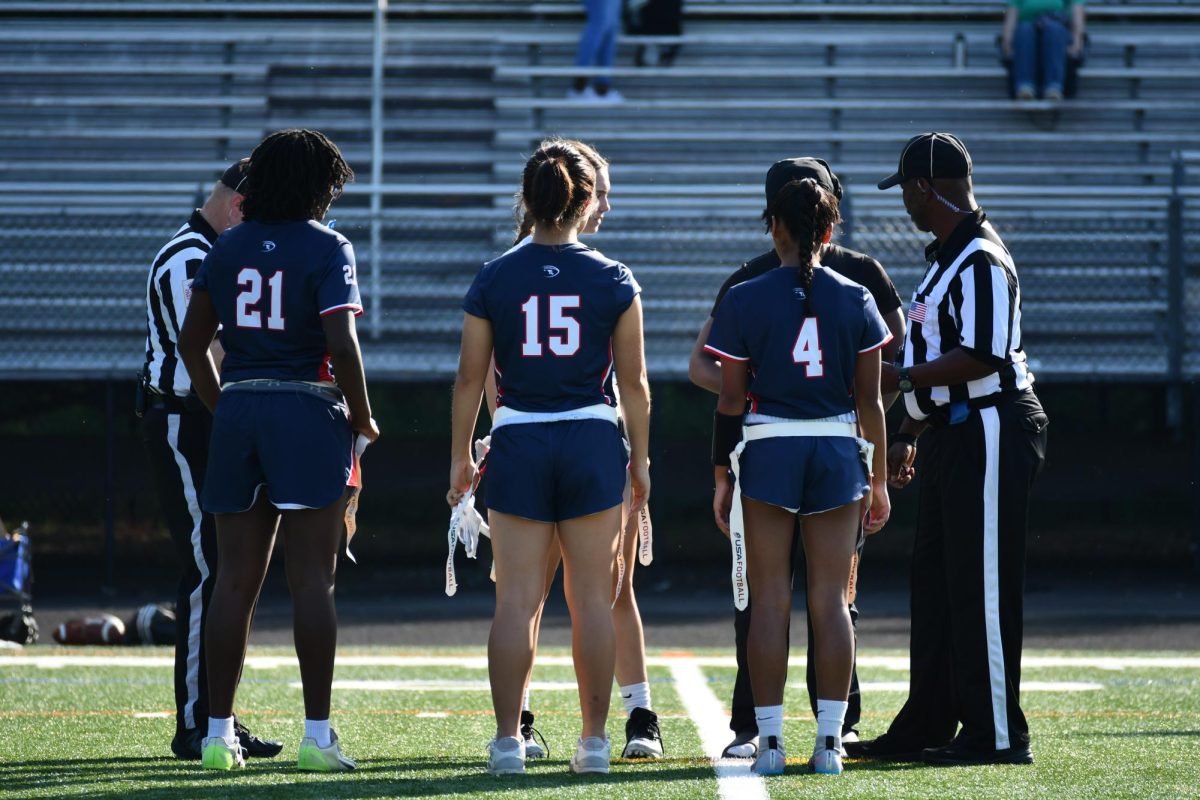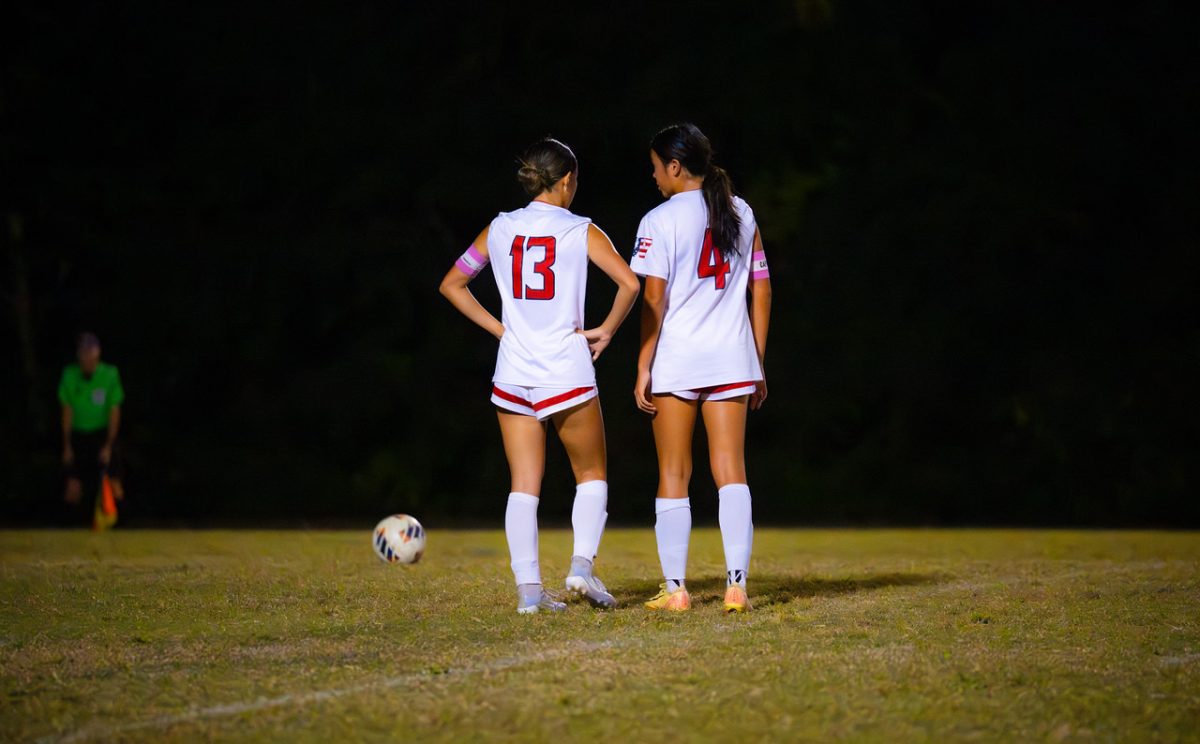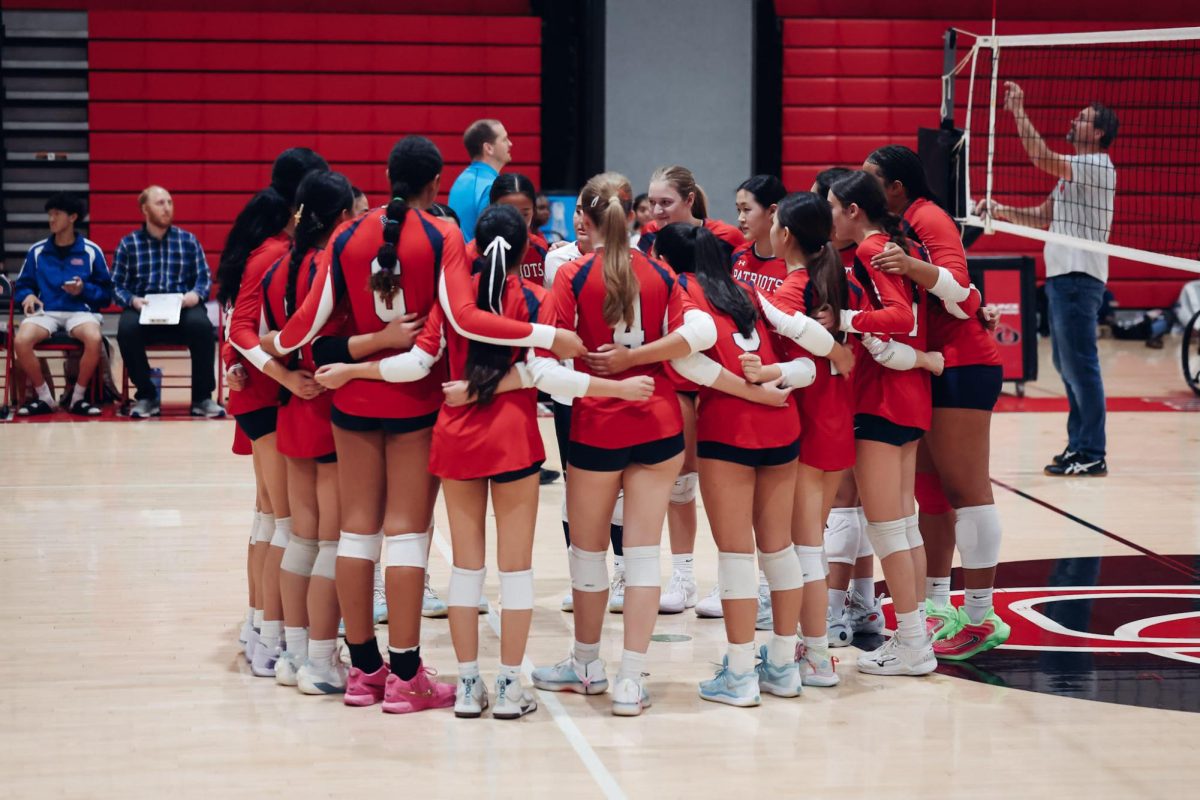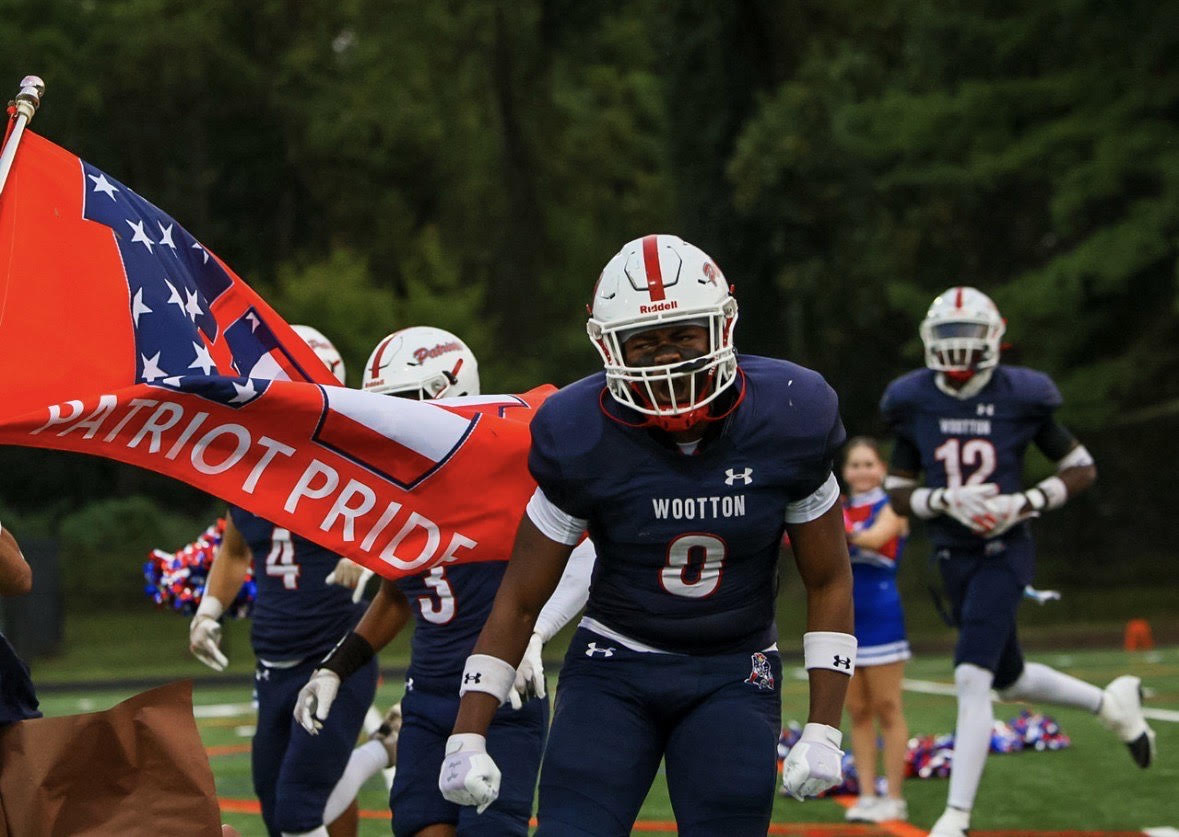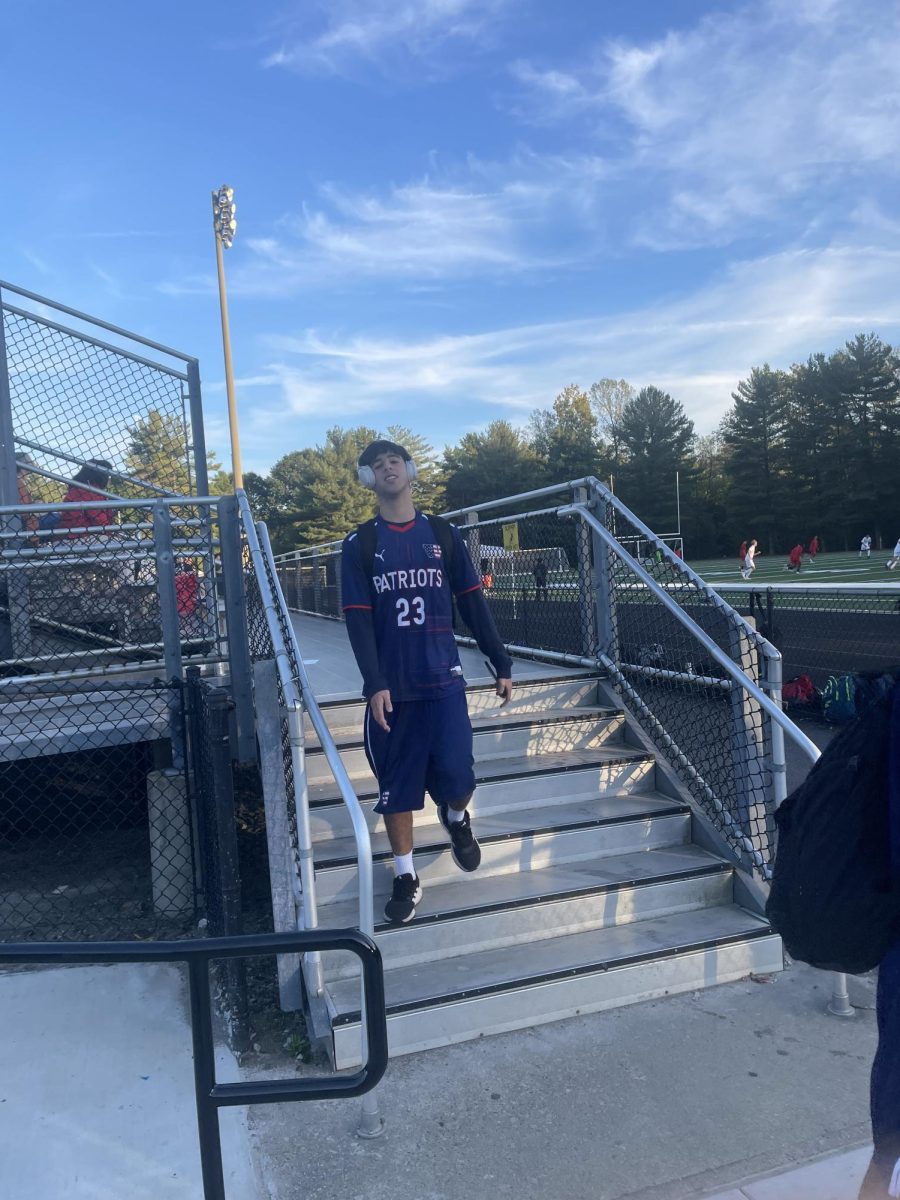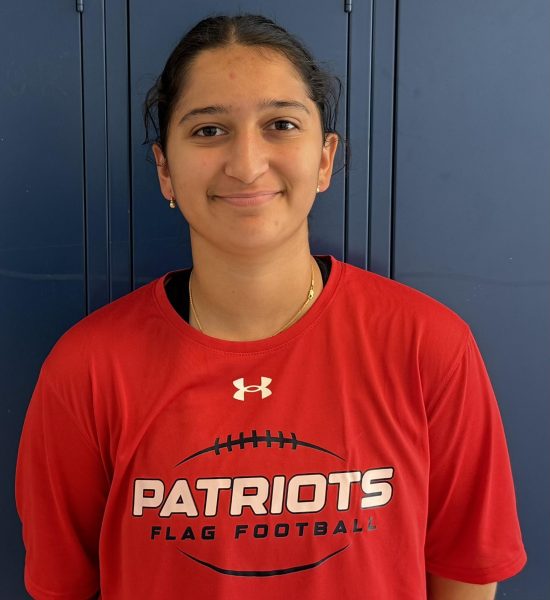On Oct. 13, the New York Liberty hosted the Minnesota Lynx at Barclays Center in Brooklyn, New York, for the second game of the 2024 WNBA Finals. The reported attendance of 18,040 fans, which exceeded the arena’s sellout capacity of 17,732, not only set a new record for Liberty games at Barclays, but also marked the first time ever that the team sold standing-room tickets due to overflow.
The finals, which went to the maximum of five games, kicked off with a game-one overtime thriller, setting the tone for the series. Game five also went into overtime, and ended with the New York Liberty being crowned champions for the first time in league history. In a season headlined by heavyweight contenders and a strong rookie class–and marked by historic attendance and viewership–this championship series represented the pinnacle of women’s
basketball on an unprecedented national stage.
Over the course of the last year, a number of factors have culminated in a renewed public interest in women’s basketball, with one of the biggest being the popularity of the NCAA women’s March Madness tournament. “March Madness and Caitlin Clark… increased the attention women’s basketball has received exponentially,” junior Gabriella Guidorizzi said.
Clark, a senior guard for Iowa University, played a particularly large role in the excitement of March Madness. Known for her ridiculously deep three-pointers and dynamic assists, Clark led her Hawkeyes to their second straight national championship, winning over fans old and new, male and female. More broadly, the entire women’s college basketball landscape this year was filled with stars and storylines; players like Clark, Angel Reese (LSU), Paige Bueckers (UConn), and Cameron Brink (Stanford) returned for their senior years, bringing with them strong individual fanbases; showstopping freshman like JuJu Watkins from USC and Hannah Hidalgo of Notre Dame captured the excitement of new fans; and incredible team journeys, like South Carolina putting up an undefeated season to win the national championship, or an injury-ridden UConn team making it to the Final Four with only seven healthy players, captivated fans all season.
This excitement helped to make the women’s final the most watched basketball game ever in the past five years. It also averaged almost four million more viewers than the men’s, a historic first. Girls’ basketball coach and P.E. teacher Maggie Dyer said that she believes “the [women’s] games were… more exciting than the men’s NCAA tournament games.”
So, when players who made the tournament so popular were drafted into the WNBA, it seemed natural that these ratings would carry over as well. In fact, the draft itself set a viewership record, with a 328% increase in ratings and an average of 2.4 million viewers. The full WNBA season averaged 1.2 million viewers a game on ESPN, another record. Sophomore Malia Bellamy said that she became more interested in the WNBA this season due to “the 2024 draft class,” with both her and Dyer referring to Reese and Clark as specific examples.
The full WNBA season averaged 1.2 million viewers a game on ESPN, another record. This increase in fans impacted the league in a myriad of ways, especially for the players. Bothplayers and long-time fans have spoken widely about the benefits of receiving more attention and media coverage on issues like salaries and working conditions. Viewership numbers are also significantly relevant to the recent news that the WNBPA, the WNBA’s players’ association, has opted out of its collective bargaining agreement with the league and intends to renegotiate it before the 2025 season.
However, with the fervor and fandom around Clark has also come waves of online abuse against opposing players. For example, during a playoff series between the Connecticut Sun and Clark’s Indiana Fever, Sun guard Dijonai Carrington fouled Clark hard with an inadvertent hit to the face. The aftermath of what would typically be considered an ordinary basketball play led Carrington to post a screenshot on her Instagram story of a hateful, racist email she received from one Fever fan, which included a death threat. “[New] fans don’t really understand the intensity of the league and so they were hating on veteran players,” Guidorizzi said. “I hope that this misguided hate will stop over the next seasons and this attention will just lead to a greater appreciation for women’s basketball.”
Indeed, there was much to appreciate. The season was headlined by the Las Vegas Aces, who were the overwhelming favorites to “three-peat” with a third consecutive championship. Though they came up short–falling in the semi-finals to the Liberty, who had been on the losing end of last year’s Aces championship–superstar A’ja Wilson unanimously won her third MVP award. Other highlights included Carrington’s emergence as a bonafide defensive stud, the midseason Olympic break which saw 12 of the league’s premier competitors team up to win gold in Paris, and of course, the thrilling five-game finals.
After the Lynx pulled off a stunning comeback in game one, forcing overtime with an incredible last-second fadeaway three from veteran guard Courtney Williams, the series became must-see TV. Game five was the most viewed WNBA finals game in 25 years, peaking at 3.3 million viewers. A controversial last-second foul call on the Lynx kept the Liberty alive and pushed the game into overtime, bringing the championship full-circle. When the Liberty won in a historic fashion, a fitting end to an equally historic season, a sold-out Barclays Center erupted with infectious energy. Though the game felt like a fitting culmination to the WNBA’s yearlong growth, it’s momentum is only getting bigger.


